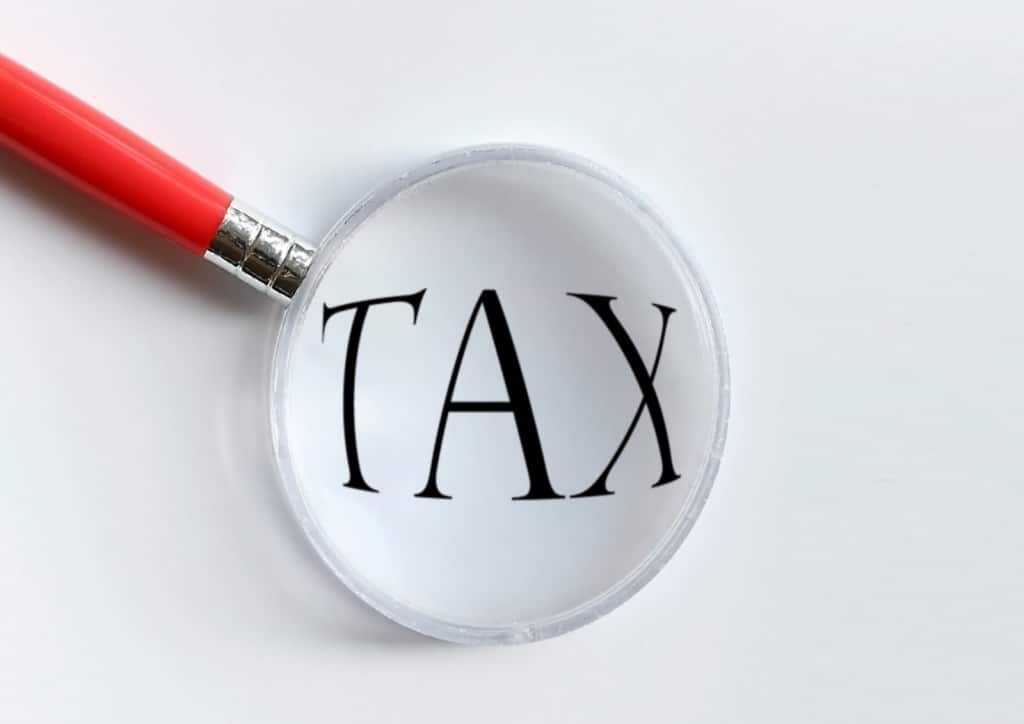Jasmine Birtles
Your money-making expert. Financial journalist, TV and radio personality.


Stakeholder pensions are cheap, easy, and upfront about what they invest in. Anyone can have one, and you can make regular contributions or just put in what you can afford each month. For anyone who has ever worried that pensions are too complicated – they were designed to be your solution.
Stakeholder pensions are a specific kind of private pension. They were introduced back in 2001 as an antidote to some of the old-fashioned – and very expensive – pension contracts on offer at the time. The idea was that they were transparent – so you knew exactly where your money was invested. Charges were capped; and they are open to everyone.
Previously, you could only contribute to a pension if you were working. Stakeholder pensions are for anyone. So, if you’re not working, someone else can pay in up to £2,880 a year for you – and the Government will bump that up to £3,600.
Unlike a State Pension, which you can only start to claim once you have reached the age of 66, a stakeholder pension allows you access to your funds as soon as you are 55.
They are available from most banks, building societies, insurance companies, investment companies and financial advisers. Any UK resident under the age of 75 can have one. Each plan has to meet the minimum standards laid down by the Government, which is good as it means you won’t get ripped off. These standards include:

A great benefit of stakeholder pensions, as with any pension product, is that you get tax relief on the amount you contribute. This means that if you’re a basic rate taxpayer then for all the money you put into your plan, the provider will claim a basic rate of 20% back from the Government. Or in simple terms, for every £80 you pay in an extra £20 will be added.
If you’re paying a higher tax rate of 40% then you can still claim this amount back. The first 20% will be claimed back by your pension provider as though you were a basic rate taxpayer. You can claim the extra 20% when filling out your annual tax return, or by writing to or calling your Tax Office.
Each year you have a limit on what you can pay into your pension – either the total of your annual salary, or the annual allowance – whichever is lower. For the 2016-17 tax year the annual allowance is £40,000. There’s also a lifetime limit, so you can only have £1 million in your pension in total – if you breach the limit you’ll lose the tax relief on that portion of your pension.
If you want to save more, you won’t get any extra tax relief, so think about putting that money into other products like stocks and shares ISAs, for example.
To find out more about the tax advantages of having a personal pension, look here.
No serious investments are risk-free, because your money is invested into things like stocks and shares, property, and bonds. Often stakeholder pensions allow you to invest in index-tracking products. It means the value of your nest egg could go up or down in the short term. However, in the long term, it should (note...should) go up overall.
There are various investments you can put your money into, some with greater risks (and often greater returns) than others, so you’ll need to decide how safe you want to play it, and go for an investment fund that reflects this.
The answer depends to a large extent on what you have already set aside for retirement. If you are employed, then there’s a good chance you have been automatically enrolled into your workplace scheme. If that’s the case, find out what you are contributing, and what that’s likely to provide you with in retirement. Many workplace schemes are already stakeholder pensions. If yours is, you can choose to increase your pre-tax salary contributions if you want to save more.
You should also get a state pension statement from the government to see what you are likely to get when you reach state pension age. And you should dig out pension statements from any other pension plans you have in place.
Armed with all of this you can use the pensions calculator on the Money Advice Service website to reveal what you can expect to get in retirement.
If you have a shortfall between what you can expect, and what you need to live on, it’s worth looking at whether there are any particular benefits to contributing more to your workplace scheme (some companies will, for example, match contributions). Failing that, a stakeholder can be a sensible alternative.
If you are self-employed, then a stakeholder pension is often a good idea, because you won’t be automatically enrolled into anything else. Similarly, if you are not working, then it’s a useful place to start with long term investments – not least because of the tax benefits.
You could also consider paying into a Lifetime ISA as part of your pension plan. You can pay in up to £4,000 per year between the ages of 18-50. Your savings then stay locked up for ten years until you’re 60 – gaining interest – before you can access them. The Government adds a 25% bonus to your savings, too. You can release a nice tax-free lump sum on your 60th birthday – unlike a pension, which is taxed after the first 25%.
Choosing a stakeholder pension is a bit like choosing a pair of jeans. It’s very personal, and a plan which suits your friends and family might not suit you. You’ll need to look carefully at features like the annual management charge, and the fund options available.
Anyone can have a stakeholder pension, whether they are earning or not. This means that even babies can have one.
Stakeholder pensions are a really good way of setting up a child for later in life. In fact, if you paid the maximum amount into their stakeholder for the first 15 years of your child’s life, they may never need to pay a penny into it themselves. Due to compound interest and long-term investments, their money will grow into a nice retirement pot!
Don’t miss our essential guide to investing for children.
For more information on stakeholder pensions visit Gov.uk’s stakeholder pension page.

really appreciate the advice have much a clearer picture now. going to take one out
Thank you so much for all your helpful information and about the clear easy way that you write it in. It’s helping me ALOT to get out of my financial difficulty.
Thank you!
That’s really good to know Charlotte. Thanks so much for telling us 🙂
What to do, i have a scottish widown stekeholder with a small pot of 36000 in it i am 45 and have not paid into it for the past 6 years, i need to do somethin now should i start paying in again i am self employed its all we have !!!
You could carry on with that – stakeholder pensions are good, I consider, and of course with a pension you get the tax added in by the government. However, it’s also a good idea to spread your investments. You might like to consider opening a stocks and shares ISA (take a look at our article here https://www.moneymagpie.com/article/best-equities-isas-shares) and put money into that during the year as well. You can set up new ISAs every year so that you spread your money that way too. If you have a mortgage you should try overpaying into that too as that is a… Read more »